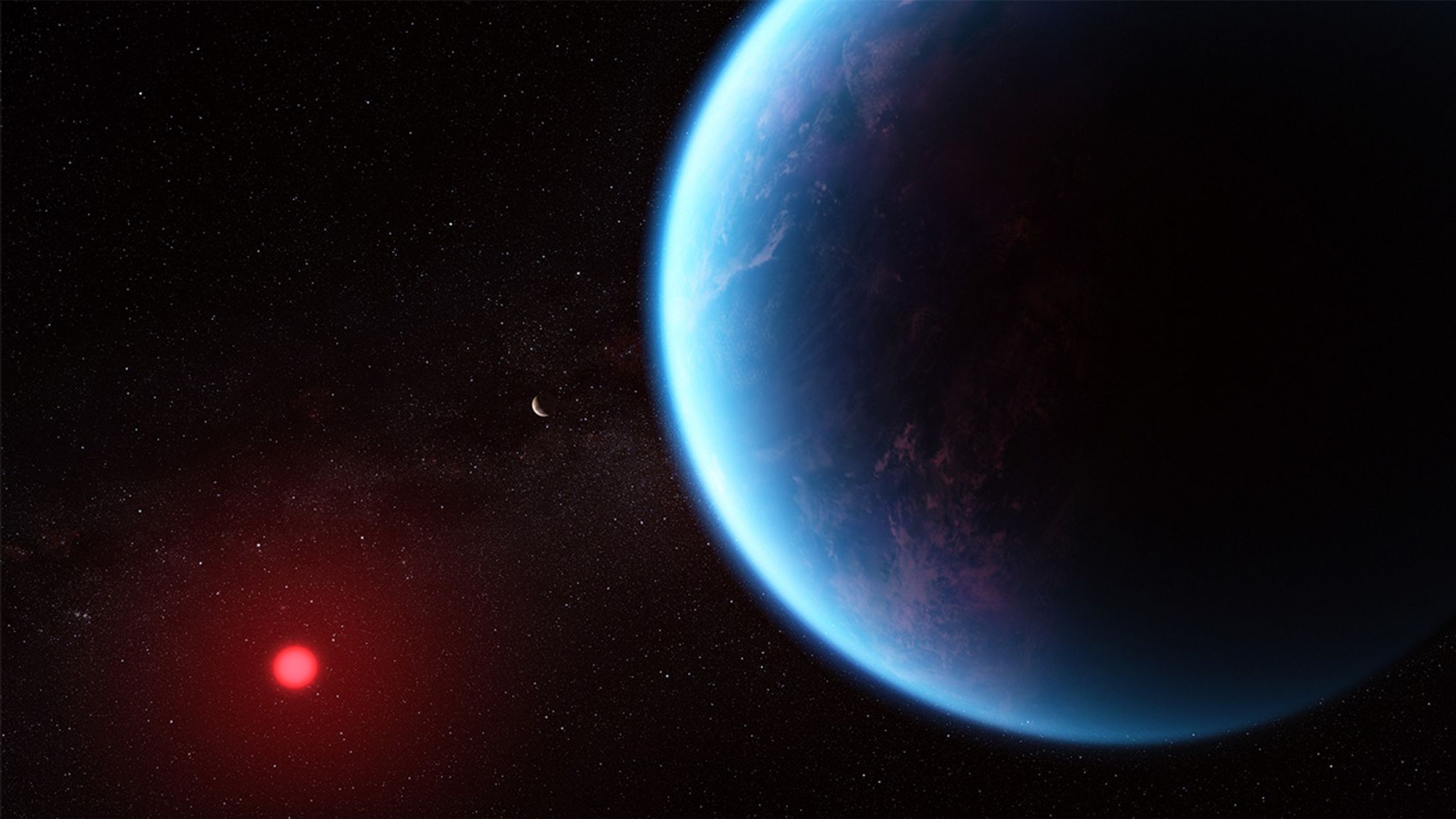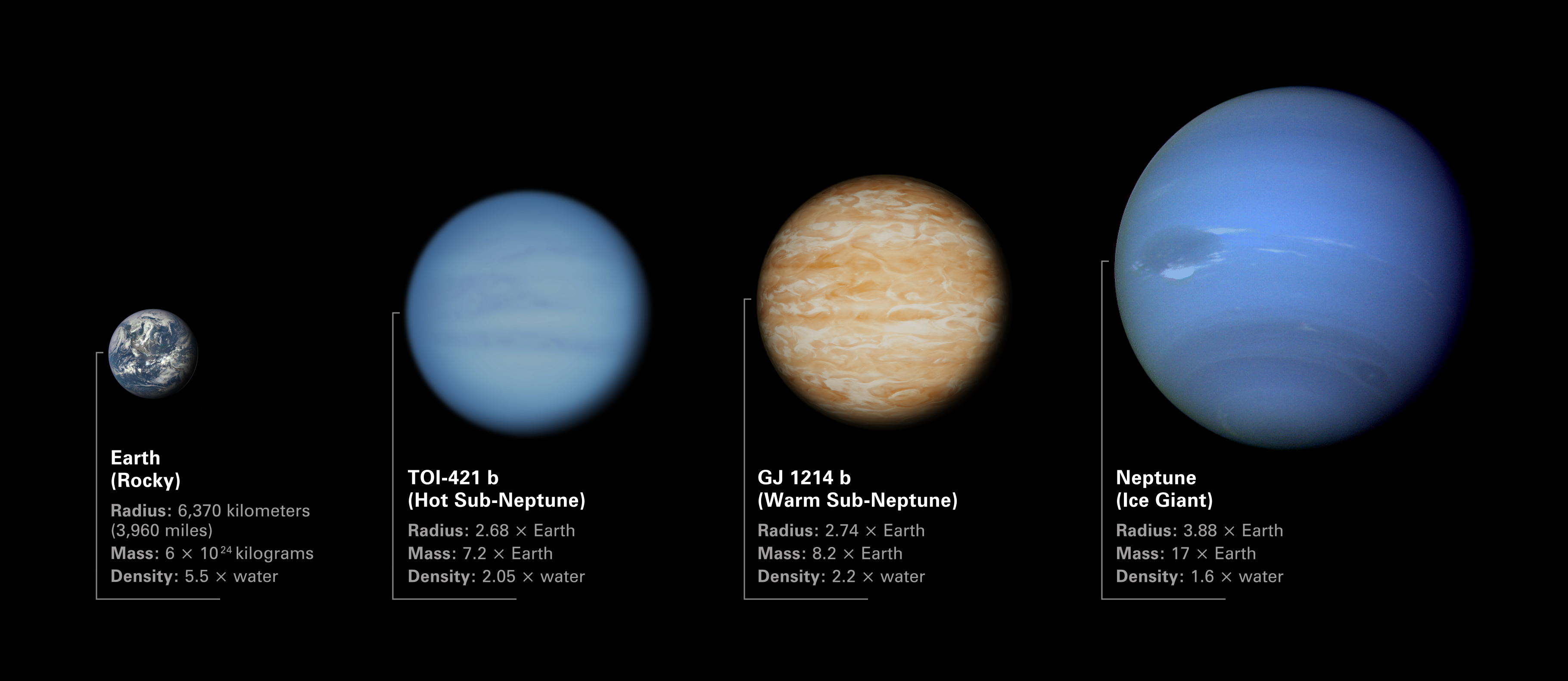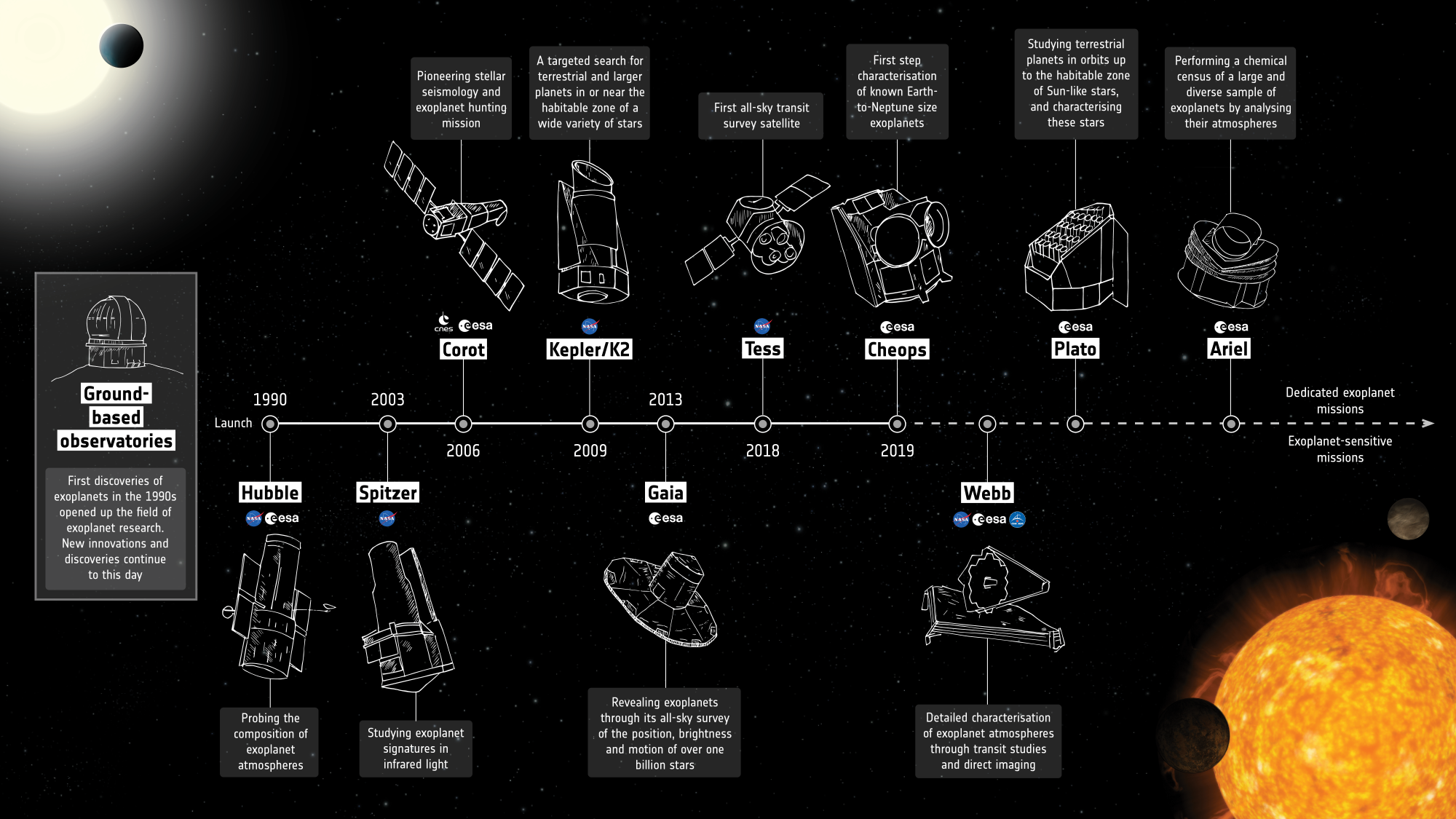The Sulfur Signal: How a Distant Ocean World Sparked a New Battle Over the Definition of Life
The smell hit her first.
A marine biologist once told me that dimethyl sulfide—the compound responsible for the sharp, briny scent of seaweed and decaying plankton—is the perfume of life in the ocean. “It smells like Earth’s breath,” she said, “if Earth were exhaling from its wetlands.” Now imagine that smell drifting not from Earth’s shores, but from 120 light-years away.
That’s what happened when astronomers pointed the James Webb Space Telescope (JWST) at K2-18 b, a sub-Neptune-sized exoplanet orbiting a cool M-dwarf star in the Leo constellation.


Dimethyl Sulfide (DMS) is an organosulfur compound naturally produced on Earth. It primarily originates from biological sources, particularly metabolic processes in marine microorganisms like phytoplankton.
The finding is not proof of alien life. It barely meets the scientific standard of a “hint”—just above 3 sigma in statistical terms, meaning there’s still a non-trivial chance it’s a fluke.
Did you know? In scientific research, a "3 sigma" result means that the finding is three standard deviations away from the average, making it so unlikely (only a 0.3% chance of happening by random chance) that it’s considered strong evidence of a real effect. While impressive, scientists often require even stricter standards—like "5 sigma"—before declaring a true discovery, especially in fields like particle physics!
But it’s the strongest multi-instrumental whiff of biological sulfur chemistry ever detected on an exoplanet. More importantly, it’s lighting a fuse under a scientific establishment still unsure how to define—and where to expect—life in the universe.
And it’s revealing deep fractures in how we fund, interpret, and respond to the most urgent signals from beyond our world.
From a Murmur in the Data to a Global Scientific Flashpoint
The team behind the K2-18 b study, led by University of Cambridge astrophysicist Nikku Madhusudhan, has been careful. They used two independent data pipelines. They removed potential artifacts. They stress, in public and private, that this is not a biosignature detection, merely a provocative signal. Yet what the data whisper is potent: sulfur-bearing gases, at concentrations orders of magnitude higher than comet delivery or volcanism could plausibly explain, in an atmosphere composed primarily of hydrogen and methane—conditions oddly reminiscent of Earth’s earliest biosphere. Transmission spectrum of K2-18 b showing potential detection of Dimethyl Sulfide (DMS).
| Observation | Molecules | Significance | Instrument/Date |
|---|---|---|---|
| Initial Analysis | CH₄, CO₂ | First carbon molecules in habitable zone; supports Hycean world hypothesis | JWST NIRISS & NIRSpec (2023-09-11) |
| Tentative Detection | DMS (possible) | Low-significance hint; needs validation | JWST NIRISS & NIRSpec (2023-09-11) |
| Strengthened Evidence | DMS/DMDS | 3-sigma significance; concentrations >10 ppmv | JWST MIRI (2025-04-16) |
| Future Work | DMS/DMDS | Needs 5-sigma confirmation; 16-24 hours observation required | JWST (Ongoing) |
| Interpretation | CH₄, CO₂, DMS/DMDS | Data suggests Hycean world possibly "teeming with life" | JWST (2025-04-17) |
To experts in exoplanet atmospheres, this is less a declaration than a gauntlet. It’s a reminder that we may be grossly underprepared—scientifically, institutionally, and philosophically—for the era we’re entering.
“There’s a long-standing bias toward Earth-like environments when we talk about habitability,” says one planetary scientist unaffiliated with the study. “But if this pans out, it’ll mean we’ve spent decades looking for the wrong fingerprints in the wrong places.”
The sulfur signal puts pressure on nearly every assumption in the astrobiological toolkit: that biosignatures should be oxygen-rich, that life requires Earth-like pressures and temperatures, that rocky planets are better candidates than their puffy sub-Neptune cousins. Most controversially, it challenges the prevailing strategy of NASA and other space agencies, which have historically prioritized missions that hunt for signs of life as we know it—water, oxygen, carbon dioxide—in Earth-sized planets around Sun-like stars.

K2-18 b is not Earth-sized. Its thick hydrogen envelope should render it uninhabitable by traditional standards. But if the planet does, in fact, host a shallow global ocean beneath its gas shell—a so-called “hycean” world—then we’re seeing the outer edge of the habitable zone not just pushed, but redefined.
Hycean worlds are a theoretical class of exoplanets characterized by vast, planet-wide liquid water oceans beneath hydrogen-rich atmospheres. Potentially habitable, these worlds blend characteristics of rocky super-Earths and gaseous mini-Neptunes, with K2-18 b being a notable candidate.
The Limits of Certainty—and the Cost of Delay
Even as the data tantalize, confirmation remains elusive. The detection of DMS and DMDS hovers around 3 sigma—a statistical threshold equivalent to “suggestive, not definitive.” For context, the particle physics community doesn’t declare a discovery until they reach 5 sigma. That requires more transits, more time, more funding. Chart illustrating the concept of statistical significance (sigma levels) in scientific discovery.
| Sigma Level (σ) | Confidence Level (approx.) | Chance of Random Fluctuation (approx.) | Interpretation/Threshold |
|---|---|---|---|
| 1σ | 68% | 1 in 3 (32%) | Unlikely to be significant, high chance of random occurrence |
| 2σ | 95% | 1 in 22 (5%) | Often considered statistically significant in social sciences |
| 3σ | 99.7% | 1 in 370 (0.3%) | Considered "evidence" in physics; acceptable in some fields |
| 5σ | 99.99994% | 1 in 3.5 million (0.00006%) | Considered the "gold standard" for "discovery" in physics |
| 6σ | 99.9999998% | 1 in 500 million (0.0000002%) | Used in quality control (Six Sigma methodology aims for 3.4 defects per million opportunities, considering a 1.5σ shift) |
And that’s where things get messy.
The JWST observation that enabled this result was just a single, 5.85-hour glimpse—barely enough to scrape a hint from the spectral noise. “We need at least two or three more similar observations to reach the confidence we need,” says one astronomer. But Webb time is precious and hotly contested. Each request competes against thousands of others—galaxy formation, black hole evolution, stellar chemistry—all of which come with their own promises of discovery.
In theory, the scientific community has mechanisms to prioritize potentially paradigm-shifting science. In practice, telescope allocation committees are conservative, wary of overhyping claims and burning scarce resources. There’s also a deeper structural tension: exoplanet biosignature work sits at the uncomfortable intersection of astrophysics, planetary science, chemistry, and biology. No one agency or discipline owns it.
The result is a policy vacuum. Despite decades of rhetoric about the search for life, no dedicated biosignature confirmation program exists within NASA or ESA. The exoplanet community must piggyback on general-purpose observatories, cobble together follow-ups, and hope that reviewers are in the mood for risk.
The irony is bitter: humanity may have stumbled across the scent of alien life, and we can’t quite afford a second sniff.
The “Hycean” Rebellion: Challenging Earth-Centric Orthodoxy
Part of what makes the K2-18 b story so electrifying—and so divisive—is its challenge to the status quo.
For years, NASA and other agencies have focused on Earth analogs: rocky planets in tight habitable zones, with atmospheres rich in O₂ and CO₂. But as JWST and earlier telescopes have shown, those planets are frustratingly difficult to characterize. Clouds and surface complexities mute their signals. In contrast, hydrogen-rich mini-Neptunes like K2-18 b, once dismissed as gas dwarfs, are surprisingly cooperative. Their bloated atmospheres act like amplifiers, making spectral features easier to detect.
Astronomers primarily analyze exoplanet atmospheres using methods like transmission spectroscopy. This involves studying the starlight that filters through the atmosphere when a planet transits its star, allowing instruments like the James Webb Space Telescope (JWST) to detect the chemical signatures present.
That ease, however, comes at a conceptual price. These aren’t cozy cradles of life—they’re weird, wet, and possibly hostile. Yet sulfur-bearing biosignatures might actually be more visible in their environments than oxygen is in ours.
“It’s a Copernican shift,” says a policy analyst focused on space research. “We may have spent half a century looking for the kinds of life we like, not the kinds of life that are likely.”
Indeed, Earth’s own history offers a cautionary tale. For most of its existence, life on Earth didn’t breathe oxygen. It lived in anoxic oceans, spewing sulfur gases and methane into the air—much like the proposed hycean scenario for K2-18 b. The scent of life, in other words, may be sulfurous, not sweet.
The Sulfur Paradox: A Signal Strong Enough to Matter, but Not to Act
There’s something tragically ironic about the sulfur detection. It is at once the product of humanity’s most advanced telescope and a symbol of our bureaucratic hesitancy.
The Madhusudhan team took every precaution: independent pipelines, rigorous statistical validation, robustness checks against systematics, alternative hypotheses like comet impacts and volcanism—all considered, all found wanting. The only pathway that made sense, chemically and spectrally, was one in which sulfur compounds are being replenished at rates that, under known physics, suggest a biological source.
Table: Potential Sources of DMS/DMDS on K2-18b and Their Estimated Contribution Levels.
| Source | Plausibility | Estimated Contribution | Key Constraints & Notes |
|---|---|---|---|
| Biological Activity | High | Major (ppmv levels) | Matches Hycean world predictions; no known abiotic analogs for high abundances. |
| Abiotic Chemistry | Low to Moderate | Unlikely (trace) | Requires unknown pathways; high CO₂ likely destroys DMS; not supported by current models. |
| Cometary Delivery | Negligible | Insignificant | Impact shock likely destroys DMS/DMDS; insufficient to explain observed abundance. |
And yet, because of statistical norms and resource politics, the discovery now languishes in limbo. Too significant to ignore. Not significant enough to trigger a full-blown search.
Meanwhile, laboratories back on Earth scramble to fill the gaps. Absorption cross-sections for DMS and DMDS at hydrogen pressures are scarce. No one had anticipated needing them. Now, spectroscopists race to recreate exoplanetary atmospheres in the lab, to understand what exactly JWST saw—and whether life could be responsible.
Who Owns the Question of Life?
In some ways, the sulfur story is about science at its most thrilling: pushing the edge of what’s knowable, interpreting ghostly signals from a distant sky. In others, it is about science at its most institutional: bound by traditions, dogmas, and misaligned incentives.
There is no villain here, only systemic inertia. A mission designed to map galaxies has glimpsed something potentially historic—yet the machinery to follow up is ad hoc at best. And that machinery is misaligned with the public imagination, which has long treated the search for life as a moonshot worth taking.

The real question isn’t whether life exists on K2-18 b. It’s whether our systems are built to answer that question when the evidence arrives—not in the form of a waving alien, but as a faint, sulfur-scented shimmer in starlight.
What Happens Now?
The Madhusudhan team has submitted new proposals for follow-up transits. Other groups are jumping into the race, cross-checking models, refining instruments, calling for lab experiments and cross-agency collaborations.
But the timeline is fragile. Webb’s operational lifetime is finite. Competing missions like ARIEL or HabEx are years or decades away. And the political will to pivot swiftly toward sulfur biosignatures remains untested.

If we wait too long, the signal may fade into scientific lore—another tantalizing maybe in a long history of missed chances.
But if we act, if we gather the right data and build the right frameworks, we may soon confirm that life has indeed taken root not just in familiar, rocky places, but in strange, swollen water-worlds beyond the reach of sunlight.
A century from now, textbooks may tell of the moment when we first caught the scent of alien life—light-years away, and laced with sulfur.
And how, after centuries of dreaming, we finally followed it.
